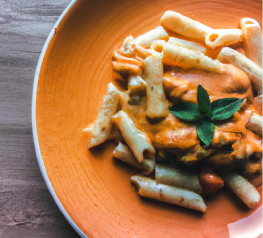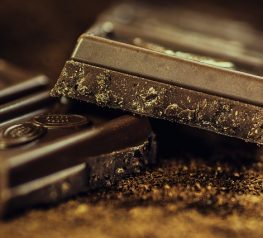Resellers’ Guide To Choosing Wholesale Butter Vs Margarine
Wholesale Butter: The Comeback
The age old argument about wholesale butter verses margarine wages on. There is no denying chefs all over the world prefer the dairy richness of butter over margarine. But margarine has big fans all over the world as well. Created in 1869, margarine originally was made from beef fat. The margarine was invented as a cheaper solution to butter. Margarine also did not perish as quickly.
But believe it or not, because of the war between the dairy industry and margarine producers, margarine was banned in six states. However due to lower prices and food shortages during World War II, margarine became accepted all over the country. It has been popular ever since.
Nonetheless, for dairy purists butter is still king. After experiencing a dip in popularity when it was labeled unhealthy because of high saturated fat content, butter is back. Saturated fats eaten in moderation are now considered good for health. In short, for resellers wholesale butter is back in vogue.
Butter Has Many Faces
For organic food lovers there’s so many kinds of butter. And they all taste great. Here’s a quick breakdown of the kinds of butter products are on the market. Offering more than one kind of butter will increase your profits.
Regular Salted and Unsalted Butter
The most common kind of butter you’ll find. Salted butter is incredibly versatile. Goes great with eggs, waffles, pretty much anything. Same thing goes for unsalted butter. Although unsalted is better for baking or making a sauces.
Grass-fed Butter
This kind of butter definitely has a fan club among organic foodies. Butter from grass-fed cows delivers a butter that looks yellower. It also has a grassy flavor. On the health tip, grass-fed butter has a higher omega 3 to omega 6 ratio. It also has fewer toxins than commercially produced butter. Both salted and unsalted products are available.
Cultured Butter
Made from added bacteria instead of natural fermentation, this butter delivers a sharper taste and smell. It also adds an extra tang to everything you use it for including baking. In the U.S., cultured butter is labeled as “European butter.”
Clarified Butter (Ghee)
Clarified butter also known as ghee, is made from rendering butter. After the water evaporates, the milk solids float to the surface then skimmed off. This leaves just the butter fat. Popular in Indian and Southeast Asian food, it’s great for frying. It stays fresher longer than commercial butter because it has less water. Goes great with seafood.
We’d be remiss if we didn’t include organic favs like almond butter, cashew butter and natural peanut butter. Fact is, butter can be made from any nut. Which is a huge selling point for vegan and non-dairy consumers.
Here’s a great selection of butter products to sell on your web site:
[ngg src=”galleries” ids=”9″ display=”basic_thumbnail”]
The Market Says More Butter Please!
These days, butter wholesalers are enjoying fantastic sales. The global market for dairy products brought in $413 billion in 2017. This is according to market research firm Morder Intelligence. Butter sales soared during that year only outpaced by drinkable yogurt. A big shift by major distributors has them now focused on organic butter and similar products. This is due to the demand for healthier food options.
Featuring varieties of butter among your organic products is a smart move. To see the multiple dairy and non-dairy wholesale butters we offer check out our catalog. Let us help you expand your business.









